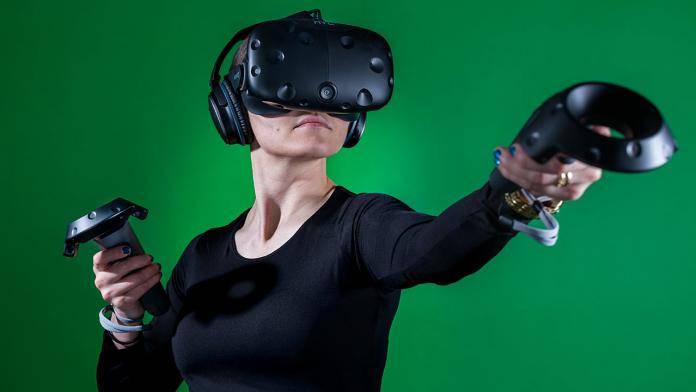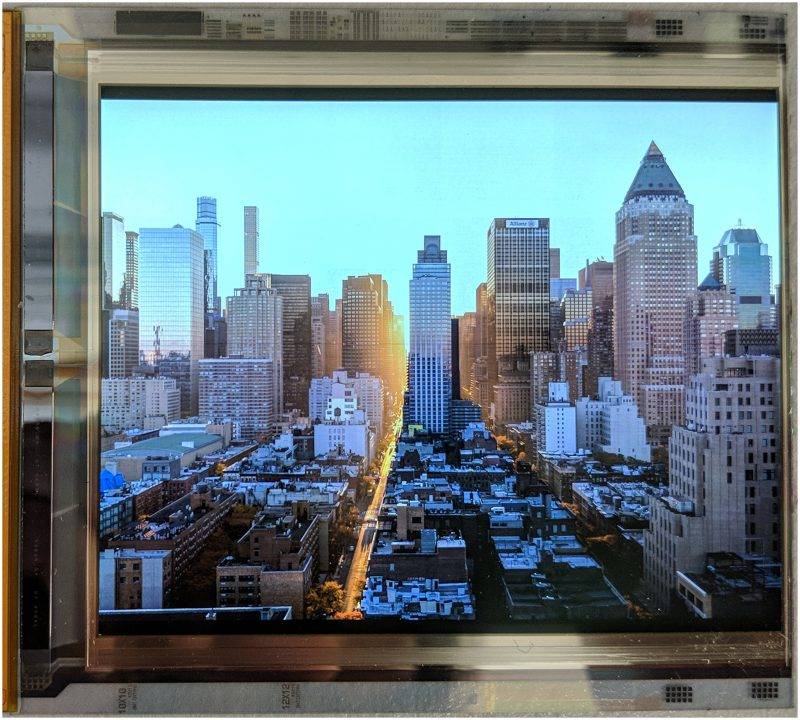
It doesn’t matter if you are a fan of virtual reality (VR) technology or not, this piece of modern tech is not going away soon. Manufacturers are pouring their R&D money into VR (and AI as well), so you can bet your lunch money that we will see more and more innovation in this area in the next few years. It looks like LG and Google are going to kickstart VR in a big way with new OLED technology that packs 1,443 pixels per inch in a 4.3-inch display – usually found in VR headset display.
This new technology is bound to be a shot in the arm for VR technology, and it might just move the market a few generations forward. The OLED display LG and Google built is apparently three times as pixel-dense as the displays used in the first-gen Oculus Rift and the HTC VIVE, and those are pretty good devices.
“The design uses a white OLED with color filter structure for high density pixelization and an n‐type LTPS backplane for faster response time than mobile phone displays,” said Carlin Vieri, in a research paper they published for this specific tech. “A custom high bandwidth driver IC was fabricated. We developed a foveated pixel pipeline appropriate for virtual reality and augmented reality applications, especially mobile systems.” They call it the “world’s highest resolution OLED on glass display panel.” Now check out the picture below.

It seems that Google and LG’s aim is to create a VR headset with a visual experience that matches the way humans perceive the environment as closely as possible. Read that again – LG and Google are going for the highest goal in display – visual reality as we perceive it. The image above doesn’t do the display any justice, but when you zoom in, you will see that there are barely any pixels showing. That’s the aim – for humans to not be able to discern where pixels join together. And Google and LG feel that they have achieved that with how sharp this new display is.

Along with the pixel specs, this display also has 150 cd/m2 @ 20% duty brightness, >15,000:1 contrast, and 10-bit color depth. These specs may not mean anything to us at this point, but suffice it to say that if any VR headset had displays with specs like these, more people would be into the technology. Rumor has it that Google will reveal the final display product at Display Week 2018.
For more information on the design of this display panel, see the research paper “An 18 megapixel 4.3″ 1443 ppi 120 Hz OLED display for wide field of view high acuity head mounted displays.” This paper was published in Wiley Online Library with Journal of the Society for Information Display. This paper was authored by Carlin Vieri, Grace Lee, Nikhil Balram, Sang Hoon Jung, Joon Young Yang, Soo Young Yoon, and In Byeong Kang. This paper was first published on the 9th of May, 2018, and can be found with code doi.org/10.1002/jsid.658 (URL).
VIA: SlashGear









